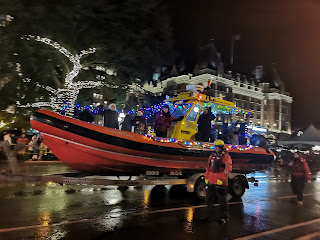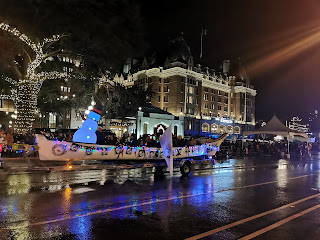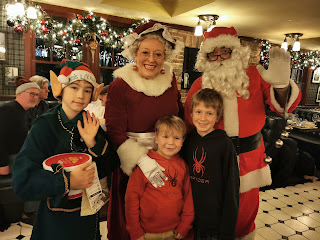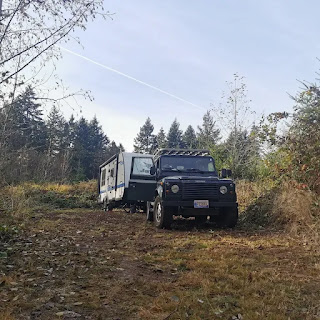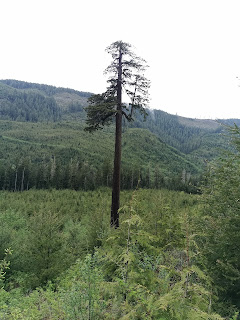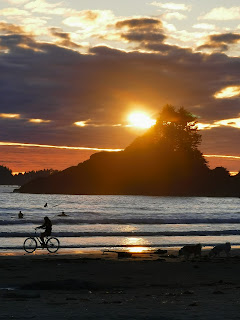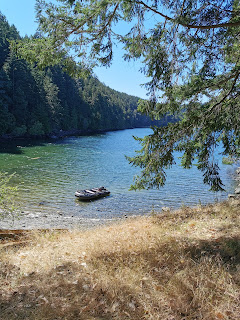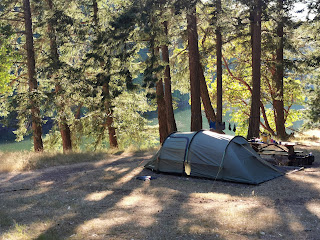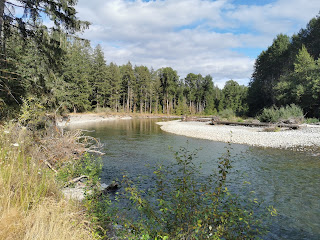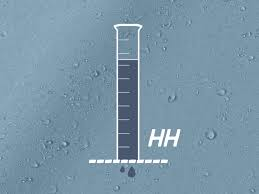Choosing a tent can be confusing; there is a huge range of tents available, with different styles, features and prices. Here's some guidance on what we look for in a tent.
Tent Size
This is the first decision you need to make. Are you looking for a solo backpacking tent for one, or a large family tent that can sleep 6 (or even 8-10) with a separate living room?
Tent manufacturers generally include the recommended number of people that the tent can sleep in the name of the tent. For example our Omega 350 is officially a 3-person tent (with a bit of extra room - hence the 50), while our larger family tent sleeps 5 and is known as the Icarus 500. Most online tent retailers will let you filter your search results by sleeping capacity, and this will usually be the first question a salesperson in store will ask you, so start here. If you want a little more space you can always go up in size by one or two above your actual numbers.
Bear in mind that a smaller tent will warm up faster, and stay warmer over night, due to body heat, so if you think you will be camping in the cooler shoulder seasons, you may want to choose a smaller tent. Some of the National / Provincial Park sites are also too small for our biggest tent.
Omega 350
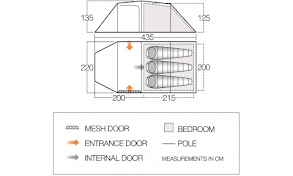
Icarus 500

Intended Use
Once you've decided on the number of people you want to sleep, the next consideration is what you plan to use the tent for. Your intended use will determine the style of tent and let you focus on weight and packed dimensions. If you plan to only use the tent for 'Car Camping', where you drive right up to your pitch, then you can afford to go for a bigger and heavier tent, which will likely give you more space and probably greater head room. If your plan is to backpack, or bikepack, carrying all of your camping equipment with you, then you will obviously be more interested in a compact packed size and lightweight tent.
Backpacking Tent 
Car Camping Tent
This is how we've ended up with 4 tents! A large family tent with living room for car camping, a medium size tent for boat camping or walk-in sites, a lightweight backpacking tent which all four of us can just about squeeze into, and an even lighter 2-person backpacking tent.
Weather conditions
Depending on where you live, and how dedicated you are to camping, weather may be important to you or not. As our camping has been in the UK, Ontario, and British Columbia we always expect rain!
A tent's water resistance is usually measured as Hydrostatic Head or HH. This is the height of a static column of water which the material of the tent can withstand before leaking. Usually measured in millimetres, the higher the number, the more waterproof your tent will be. For reference our Omega 350 has a rating of 5000 mm HH, which is one of the highest ratings from Vango.
Strong winds are another factor we always consider. A good tent will have plenty of guy (or guide) ropes for additional stability. The Vango tents also have an internal Tension Band system, which consists of additional bracing straps inside the tent which can be deployed in strong winds.
It's not all strong winds and rain though! Ventilation is a key factor in tent design, not only in hot sun but also to prevent condensation build up inside the tent. Mesh openings in doors can allow improved air flow, while keeping out the bugs, and I always look for at least two vents in the outer flysheet for through flow.
Many modern tents now come with blackout bedroom areas which not only allow you to sleep longer in the morning by blocking out some of the light, but can also help to keep the temperature down inside the tent.
Other Features
As we always expect rain, we only consider tents which are erected with the outer flysheet first. In many tents the poles are fitted to the inner part of the tent first, and then the flysheet is added over the top. We don't like this design; if you are putting the tent up in the rain there is no way to avoid the inner tent getting wet. Most tents which are fly first, also allow you to leave the inner tent connected making them faster to put up. The only advantage we can see to an inner first design, is that you could leave the flysheet off in very warm weather, if you are confident it's not going to rain!
A sewn in ground sheet is essential for us, at least for the bedroom area. The ground sheet should also extend up the lower sides of the inner tent, sometimes known as a bathtub groundsheet. This keeps the bedroom area dry and bug free. Look for a higher HH rating in your groundsheet. On a recent trip to Bon Echo Provincial Park in our large family tent there was a huge thunderstorm overnight. We woke in the night to find our bedroom area floating like a water bed! Our groundsheet had a HH of 10,000mm though so we remained completely dry. When we got up in the morning we were the only tent left in what had been a full Provincial Park.
We prefer a tunnel tent design, rather than a dome. You tend to get a much larger porch area to keep your bags and shoes dry in a tunnel tent, plus you can align a tunnel into the prevailing wind to maximise strength.
Comparison - Vango Omega 350 vs MSR Elixir 3
As a quick example of choosing a tent, here's a comparison between the 3-person tent we use and a comparable tent available on the Canadian market.
Vango Omega 350 Tunnel Tent
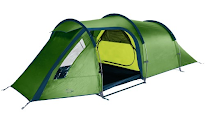
MSR Elixir 3 Dome Tent

The table below shows some of the key features we have just discussed for the two models.
|
|
Vango
Omega 350
|
MSR
Elixir 3
|
|
Sleeping Capacity
|
3/4
|
3
|
|
Erection
|
Fly first
|
Inner first
|
|
Rainfly HH
|
5000 mm
|
1500 mm
|
|
Floor HH
|
6000 mm
|
3000 mm
|
|
Packed Weight
|
4.25kg
|
3.19 kg
|
|
Packed Dimensions
|
49 x 20 cm
|
51 x 20 cm
|
|
Floor Area
|
4.3 sqm
|
3.67 sqm
|
|
Vestibule Area
|
~3.8 sqm
|
2.22 sqm
|
|
Cost
|
£240 ($360) incl tax
|
$400 (£260) + tax
|
We are massive fans of Vango tents, so much so that when we were looking for a larger family tent we had Sarah's parents post us one from the UK. Hopefully you can easily see from the specifications above why we choose Vango.
Which would you choose?
